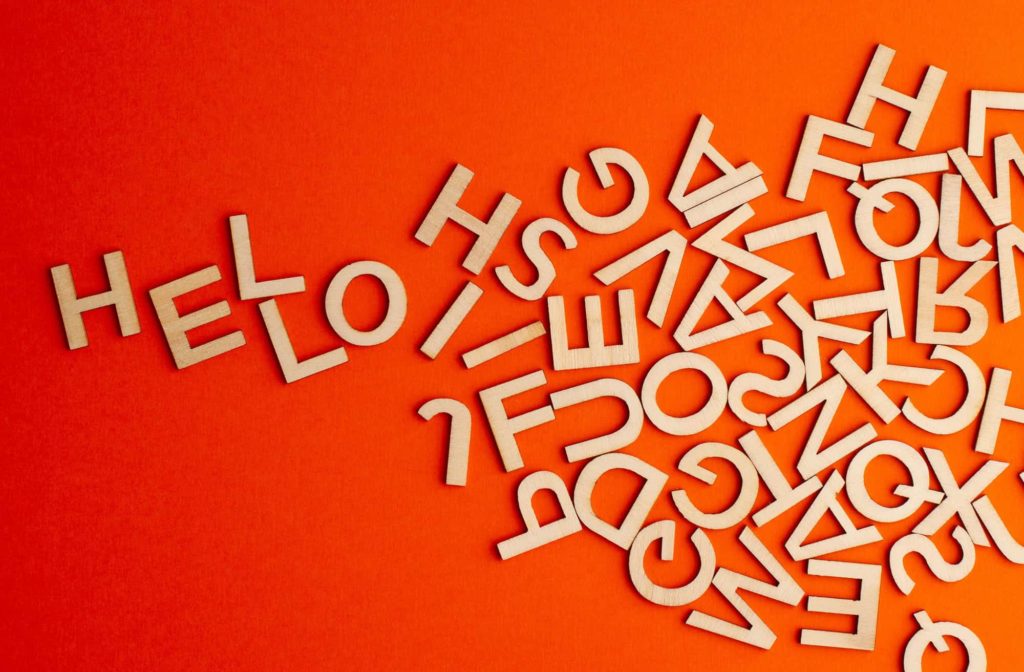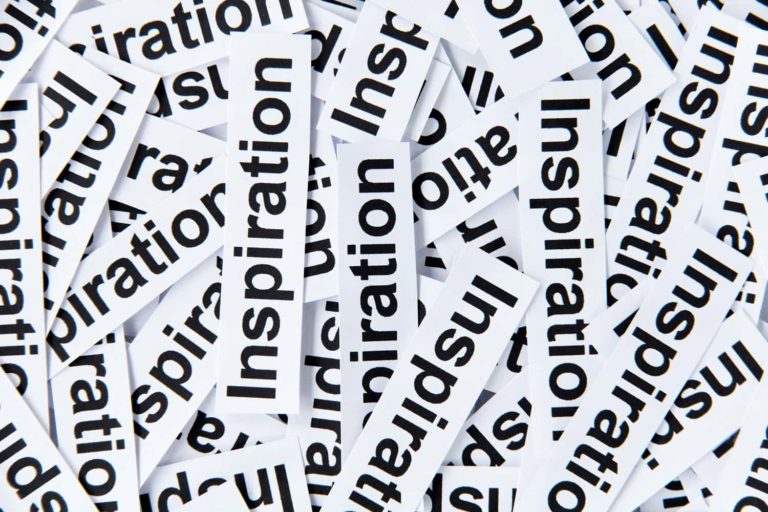Words count: Effective methods and practical applications

Whether for academic papers, professional texts, or creative writing projects – counting words is a fundamental function that becomes relevant in many situations. In this article, you’ll learn why word counting is important, what methods and tools are available to you, and how to meaningfully interpret the results. Dive into the world of text statistics with us and discover how this seemingly simple function can optimize your work with texts.
Word Counter by Wiladu
Wörter zählen
Why is Counting Words Important?
The number of words in a text may appear to be purely technical information at first glance, but it has far-reaching significance for various applications:
Academic and Professional Requirements
In academic and professional contexts, clear specifications for text length are often made:
Term papers and scientific publications usually have minimum and maximum word counts
Job application letters should not exceed one page
Press releases must be compact and precise
Summaries (abstracts) are often limited to 150-250 words
Adhering to these guidelines is not just a matter of discipline but often a decisive evaluation criterion. A text that is too short may not meet the content requirements, while a text that is too long may be perceived by readers as unstructured or inefficient.
Creative Writing and Content Creation
Word count also plays an important role in the creative field:
Novels have typical lengths depending on the genre (e.g., 80,000-100,000 words for an average novel)
Short stories typically range between 1,000 and 7,500 words
Blog posts are ideally 1,500-2,500 words long for good SEO ranking
Social media posts have platform-specific ideal lengths
For authors and content creators, word count is an important tool for planning and structuring their work. Similar to applying the golden ratio in art, where proportions create a harmonious effect, the right text length can contribute to a balanced reading experience.
Readability and Reading Time
The word count of a text provides information about the expected reading time, which is relevant for both authors and readers:
An average reading speed is about 200-250 words per minute
Complex technical texts are read more slowly (approx. 50-100 words per minute)
Light entertainment literature can be read faster (up to 400 words per minute)
This information helps readers manage their time and authors design their texts accordingly. Many online platforms and blogs now provide the estimated reading time to increase user-friendliness.

How to Count Words Correctly?
The question of what exactly counts as a “word” is not always easy to answer. Different counting methods can lead to different results:
Definition of a Word
In general, a word is defined as a sequence of characters separated by spaces or punctuation. But there are borderline cases:
Do numbers count as words? (e.g., “2023” or “42”)
How are abbreviations treated? (e.g., “e.g.” – one or two words?)
Are hyphenated words counted as one or two words? (e.g., “e-mail”)
Depending on the context and tool used, these cases can be treated differently.
Manual Counting
Manual word counting is time-consuming but necessary in certain situations:
Divide text into manageable sections
Count words per section
Add up results
This method is particularly relevant for handwritten texts or when special counting rules apply that are not covered by standard tools.
Digital Tools for Word Counting
Most people today use digital tools for counting words:
Word processing programs: Microsoft Word, Google Docs, Pages, and LibreOffice offer integrated word count functions
Online tools: Numerous websites offer free word counters
Specialized writing software: Programs like Scrivener or Ulysses display statistics in real-time
Browser extensions: Add-ons for various browsers enable counting words on websites
These tools often provide additional statistics such as character count, paragraphs, sentences, and average word and sentence length.
Practical Applications of Word Counting
Word counting is a useful tool in various fields:
Academic Writing
In the academic context, word counting helps comply with formal requirements:
Seminar papers: Typically 3,000-5,000 words
Bachelor theses: Depending on the subject, 8,000-12,000 words
Master theses: About 15,000-25,000 words
Dissertations: Depending on the discipline, 40,000-100,000 words
Here, word count serves not only to comply with formal criteria but also as a guide for the content depth and scope of the work.
Content Marketing and SEO
For websites and blogs, optimal text length is an important SEO factor:
Long, detailed articles (1,500+ words) tend to rank better in search engines
Short, concise texts can achieve higher engagement rates
Product descriptions should be between 300-500 words depending on complexity
However, word count should always serve quality – a longer text is only advantageous if it offers relevant and valuable information.
Creative Writing
For creative writing projects, word counting provides important guidance:
Flash fiction: Extremely short stories under 1,000 words
Short stories: 1,000-7,500 words
Novellas: 7,500-40,000 words
Novels: From 40,000 words, typically 80,000-100,000 words
Many authors set daily word goals (e.g., 500-2,000 words) to work continuously on their projects and make progress measurable.
Tips for Efficient Work with Word Counts
To effectively integrate word counting into your work, the following tips can be helpful:
Set Realistic Word Goals
Whether for academic papers or creative projects – realistic goals are crucial:
Consider your writing speed and available time
Plan buffers for research, revision, and unforeseen obstacles
Divide large projects into smaller milestones
A realistic daily goal could be between 500 and 2,000 words, depending on experience and topic complexity.
Quality Over Quantity
The mere word count says nothing about the quality of a text:
A precise, well-structured text with 800 words can be more valuable than a rambling 2,000-word text
Focus first on content, then on meeting word requirements
Use the revision phase to eliminate unnecessary words or fill gaps
Similar to a thorough spring cleaning, where you sort out superfluous items, you should regularly free your texts from unnecessary words and filler phrases.
Use Advanced Statistics
Modern text analysis tools offer more than just word count:
Readability index: Provides insight into the complexity of the text
Sentence length: Sentences that are too long can impair readability
Word repetitions: Help develop a more varied vocabulary
Passive constructions: Too many passive formulations can make a text cumbersome
This additional information helps optimize not only the length but also the quality of your texts.
Word Counting in Different Languages
Word counting can vary depending on the language:
German has many compound nouns that are counted as one word (e.g., “Donaudampfschifffahrtsgesellschaftskapitän”)
English uses more separate words for complex concepts
Chinese and Japanese have no spaces between words, making counting difficult
These differences should be considered in multilingual projects or translations. A German text with 1,000 words can easily comprise 1,200-1,300 words in the English translation.
Counting words is more than a technical function – it’s a valuable tool for efficient and targeted work with texts. From complying with formal requirements to planning creative projects, word counting provides important guidance.
At the same time, the quality of a text should never be measured solely by its length. A good text is characterized by clarity, structure, and relevant content – regardless of whether it comprises 500 or 5,000 words. Use the various tools and methods for word counting to optimize your work, but never lose sight of the actual goal: creating texts that inform, entertain, or inspire their readers.
Frequently asked questions about counting words
In academic papers, headings are usually counted, while footnotes, references, and appendices are usually excluded. However, the guidelines can vary depending on the institution or publication. In scientific journals, abstracts, tables, and figure captions often don’t count toward the total word count. It’s therefore important to check the specific guidelines. For creative texts or blog articles, on the other hand, all text components including headings are usually counted.
Accuracy can vary between different programs. Microsoft Word, Google Docs, and other common word processing programs use similar but not identical algorithms for word counting. The differences become particularly apparent with special characters, abbreviations, or compound words. For important documents with strict word limits, it’s advisable to count using the tool that will also be used by the recipient, or to clarify the counting method in advance. For scientific submissions, journals often specify which program should be used for word counting.
To increase word count, you can expand examples and explanations, incorporate personal experiences, or illuminate additional relevant aspects of the topic. However, avoid filler words or repetitions that offer no added value. To reduce word count, techniques such as eliminating filler words (“actually,” “so to speak”), reformulating cumbersome phrases (“in view of the fact that” → “because”), and summarizing redundant sections help. Replacing nominalizations with verbs can also shorten the text and make it more dynamic at the same time.
The optimal length of a blog article depends on the topic, target audience, and purpose. From an SEO perspective, longer articles (1,500-2,500 words) tend to rank better in search engines as they can contain more information and keywords. For complex topics or comprehensive guides, 3,000+ words may be appropriate. On the other hand, shorter articles (500-800 words) can be more effective for specific niche topics, news, or for a target audience with little time. Ultimately, what matters is that the article adequately addresses the topic without unnecessary length or cuts.
To increase your writing speed, you can apply various techniques: Establish a regular writing routine with fixed times. Use the Pomodoro technique (25 minutes of focused writing, 5 minutes break). Separate the writing process from the revision process – write without self-criticism first and revise later. Create an outline before writing to promote structure and flow of thought. Minimize distractions by working offline or using special distraction-free writing programs. Practice speed writing with time limits. With increasing practice, your natural writing speed will increase without compromising quality.

The fascinating spectacle of the northern lights is among the most impressive natural phenomena we can experience on our planet. The glowing displays of color in the night sky captivate people from all over the world, often

Do you have a musty smell in your apartment and don't know how to get rid of it? Don't worry, you're not alone. In this article, you will learn how to effectively eliminate the musty

At a time when indoor air quality is becoming more and more of a focus, many people are looking for sustainable and effective air purification solutions. Although electronic air filters can remove pollutants from the

Are you looking for new ideas for your child's lunchbox? Here are 10 creative and healthy suggestions that provide variety and nutrients.The Essentials at a GlanceA balanced lunchbox filled with colorful, healthy ingredients promotes concentration




